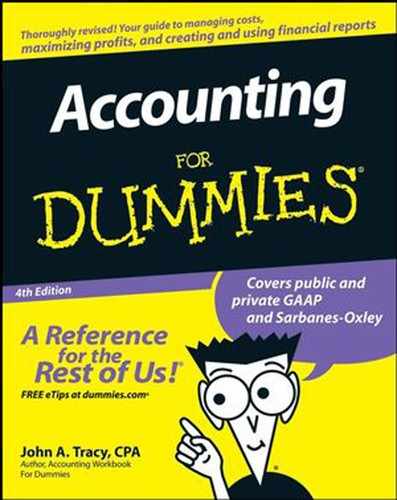10.4. Considering Capital Expenditures and Other Cash Needs
This chapter focuses on profit budgeting for the coming year and budgeting the cash flow from that profit. These are the two hardcore components of business budgeting, but not the whole story. Another key element of the budgeting process is to prepare a capital expenditures budget for your division that goes to top management for review and approval. A business has to take a hard look at its long-term operating assets — in particular, the capacity, condition, and efficiency of these resources — and decide whether it needs to expand and modernize its property, plant, and equipment.
In most cases, a business needs to invest substantial sums of money in purchasing new fixed assets or retrofitting and upgrading its old fixed assets. These long-term investments require major cash outlays. So, each division of a business prepares a formal list of the fixed assets to be purchased, constructed, and upgraded. The money for these major outlays comes from the central treasury of the business. Accordingly, the overall capital expenditures budget goes to the highest levels in the organization for review and final approval. The chief financial officer, the CEO, and the board of directors of the business go over a capital expenditure budget request with a fine-toothed comb (or at least they should).
NOTE
At the company-wide level, the financial officers merge the profit and cash flow budgets of all profit centers and cost centers of the business. (A cost center is an organizational unit that does not generate revenue, such as the legal and accounting departments.) The budgets submitted by one or more of the divisions may be returned for revision before final approval is given. One main concern is whether the collective cash flow total from all the units provides enough money for the capital expenditures that will be made during the coming year — and to meet the other demands for cash, such as for cash distributions from profit. The business may have to raise more capital from debt or equity sources during the coming year to close the gap between cash flow from operating activities and its needs for cash. This is a central topic in the field of business finance and beyond the coverage of this book.
